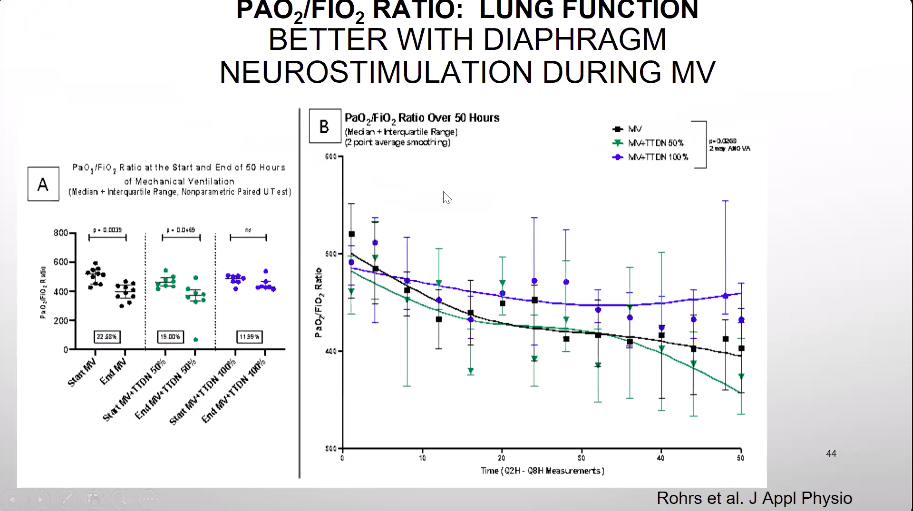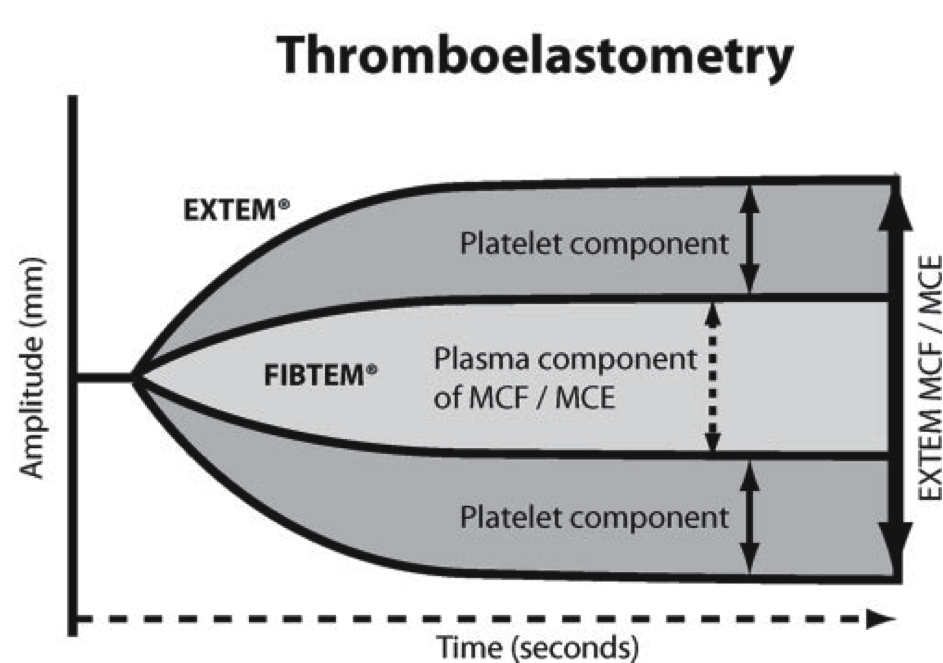This is the first recorded lecture of the University of Maryland’s multidisciplinary Critical Care Core Content lecture series, given by Dr. Deborah Stein from the R Adams Cowley Shock Trauma Center. In her talk, Dr. Stein discusses the appropriate clinical evaluation of a patient with suspected brain death, objective testing that can be performed to help confirm brain death, and gave some great pearls about how to manage these difficult patients as well as their families. Lastly, Dr. Stein enlightens us about the history behind ‘the definition of death’… If only Romeo had known about the circulatory system, Shakespeare’s tragedy may have ended quite differently!
Stein – Coma & Brain Death from MarylandCCProject.org on Vimeo.
Stein – Coma & Brain Death (Audio Only).mp3
Brain Death Pearls
- An apnea test is truly defined by the absence of ventilation with a contaminant rise in PCO2 (general rule: PCO2 > 60) once taken off the ventilator. This requires a normal PCO2 and pH prior to testing.
- Carbogen Apnea Test: An alternative form of apnea testing that allows the patient to remain on the ventilator (maintain recruitment) and the clinician to use end-tidal CO2 to determine when to draw the blood gas (goal > 60).
- In order to use ancillary laboratory testing to confirm breath death (EEG, cranial radionuclide angiogram, and/or conventional angiogram), there CANNOT be any contradictory clinical findings.
References:
- Wijdicks EF, Varelas PN, Gronseth GS, Greer DM. Evidence-based guideline update: determining brain death in adults: report of the Quality Standards Subcommittee of the American Academy of Neurology. Neurology. 2010 Jun 8;74(23):1911-8.
- Wood KE, Becker BN, McCartney JG, et al. Care of the Potential Organ Donor. N Engl J Med. 2004; 351:2730-9.
- Laureys S, Owen AM, Schiff ND. Brain function in coma, vegetative state, and related disorders. The Lancet Neurol. 2004 Sep;3(9):537-46.



